By David Morrison – First Published Rod&Rifle Vol. 3 No.3
It was more than obvious now that I had made a bad decision. Keep to the ridges was the old routine and I should have known better. The tops of the Westland ranges can present terrain as steep and formidable as anywhere. Not wanting to encounter the near vertical faces with dense scrub and flax which I had to fight my way up through I had opted for an unknown but hopefully easier route for a quicker descent. Foolishly I had decided to climb down a steep dry creek bed, picking my way down over stones and not too large boulders. The distance between the sides of the creek bed had now begun narrowing noticeably and the sides had also begun to rise almost vertically to a height of around ten to fifteen metres. This in itself would not have been a problem had it not been for the fact that the creek bed I was walking down was soon to end in a waterfall, a sheer drop of probably seventy or eighty metres.
The hail storm was continuing with no signs of abating. I was left with two options. One was to backtrack, climbing back to the fork and then try a new route; this could cost me valuable time and further, it now seemed that the hail was turning to heavy rain. Great going I remarked mentally, heavy West Coast rain and me caught in the middle of a creek bed with no means of exit. No, the second option would be have to be the one. Climb the rock face of one side to the bush clad slopes only ten metres above, then I’d have a safe and easy trip down. But getting up to that bush was not going to be easy.
I scanned the face for a visable sequence of footholds, or any plant life that could provide grip or support. Of the latter there was none, only bare rock face and even moss seemed scarce. It seemed impossible and as I glanced back over the ground I had just covered my mind went back to the previous few days.
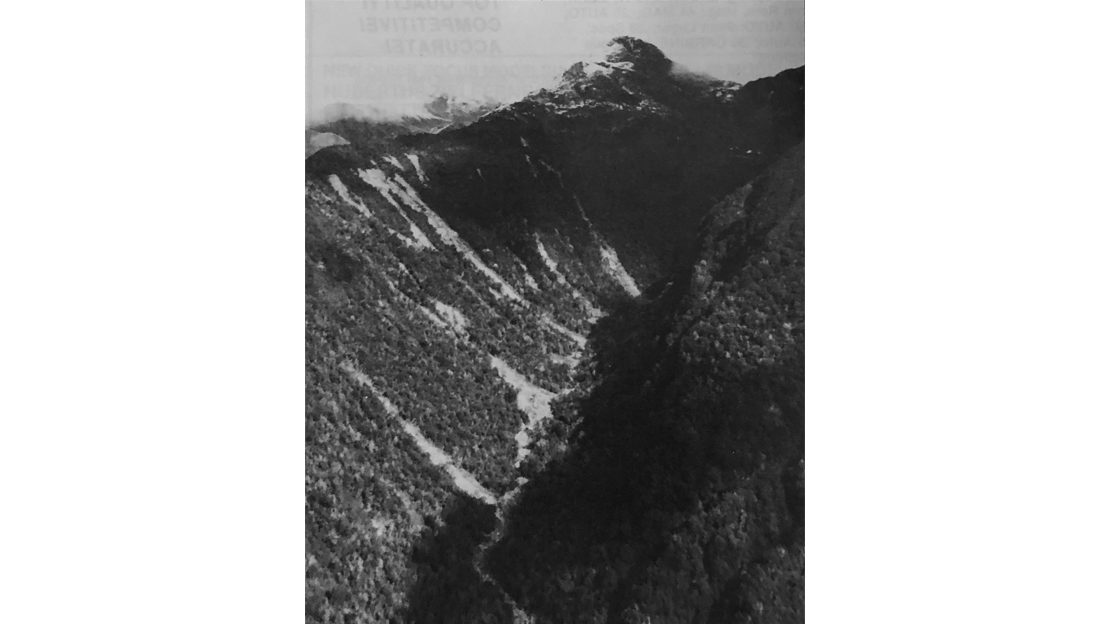
For several weeks now I had waited for a fine weekend to get out for a shot, a day trip perhaps, something which I had been putting off until the days lengthened out a little. The weather had steadied up somewhat and it looked promising for a good weekend. Up at 5am and away at first light was the answer. I had prepared my day-pack containing knife, parka, binoculars, camera and some food the day before. But getting home late from a night out changed all that. Instead my climb began around 9am and the day wasn’t fine as predicted.
An acquaintance had advised me against the well cut forestry track to the tops, saying that it was a good three and a half hours for a reasonably fit person, and right now, that wasn’t me. He had mentioned, however, that a nearby creek bed further along would bring me out onto a set of tops not so high up but still with the likelihood of a deer, my foremost quarry. Being July, I knew that I had to be down and back at the car by 5.30pm to be safe.
The climb began with grassy bushy slopes up either side of the creek bed, which was easy to find and not that far from where I had left the car. A likely spot to catch a deer out I thought, but I had to remind myself that as it was now 9.30am it was most unlikely. After an hour of reasonably easy going, I was forced to leave the creek and choose one side, heading up through dense bush. The terrain became increasingly steep and my eye caught something that dampened my hopes somewhat – some broadleaf growing down near ground level, seemingly untouched. This seemed a sure sign that no deer had been in the area for at least some time.
The density of the bush was now beginning to cost me time and the final few hundred metres out onto the tops were near vertical in places and covered with difficult monkey scrub and flax type vegetation. These last few hundred metres revealed sign in several places, some appearing to be no more than a few days old. Also encouraging was the fact that new growth on a broadleaf had been eaten right back to the bark height of about one and a half metres.
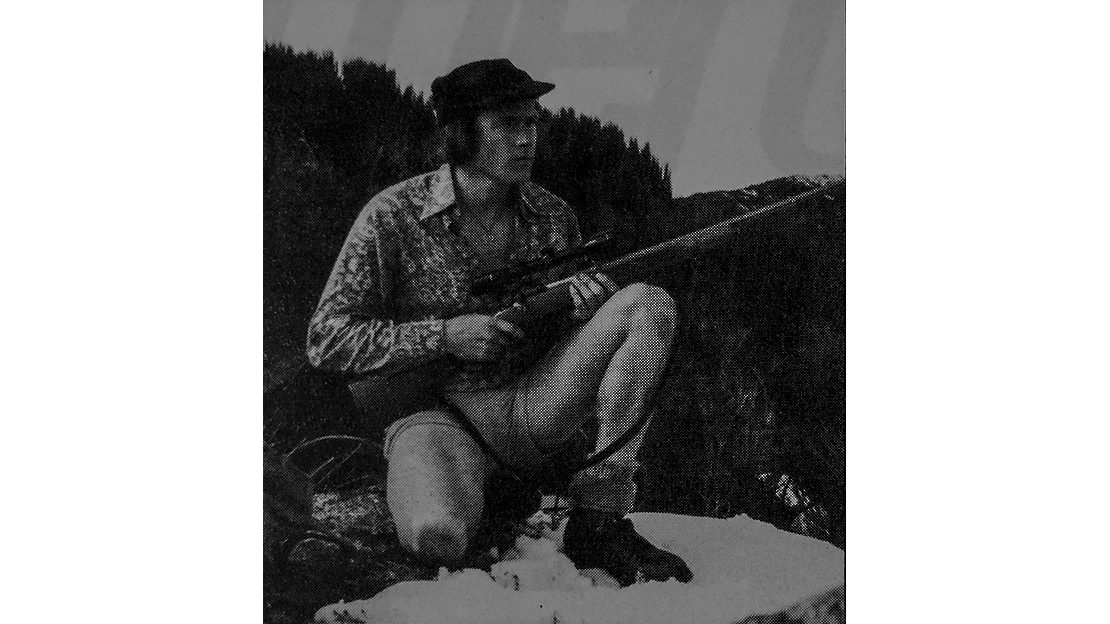
My senses were then distracted by a faint oscillating hum in the distance and my suspicions were confirmed by that familiar but ominous sound, now accompanied by the appearance of a small black dot weaving its way in and out of some distant gullies. Anger gave way to feelings of relief as it became obvious that the helicopter would not be combing the area I was to hunt.
On reaching the tops I was disappointed to find out that there was scrub to a height of about a metre as well as some snow grass. It would be harder to cover a reasonable amount of ground in the time I had. However the breathtaking view made up for everything and I took out the Pentax 35mm to capture the beauty of some nearby snow-clad peaks and surrounding country-side. My climb had cost me an alarming three hours; my concern being that I would not have long to hunt the ridges along these tops. Nevertheless a new factor was soon to make me forget my time problems – fog. It seemed only minutes from the time I noticed a build-up of clouds on the opposite set of peaks till my vision was sadly reduced to a few hundred metres and then to a lot less.
Earlier I had noticed tracks in the snow, though obviously more than one or two days old and I sat on a rock for some time scanning nearby gullies with my Tasco 8 x 40 binoculars, watching for any movement or any recognizable form. The air seemed ice chilled as the breeze dried the last vestiges of sweat from my short. The fog was now presenting a danger. I had to move down while I still knew in which direction to go. In a dense fog it would be easy, not having any landmarks, to unknowingly move down the wrong face of the ridge into the interior of the range and be forced to spend a night out – a daunting prospect.
I chose a different descent to avoid the steep, difficult terrain encountered on the way up. Feeling somewhat cheated about having to return from the tops early after a hard climb up, I wasn’t enthusiastic about the climb down. Several hundred metres of scrub saw me clambering down a rocky gorge with trees and bush on either side. A careless move could send rocks skating downwards over the loose eroded soil and shingle. Each foot had to be carefully placed to avoid sliding.
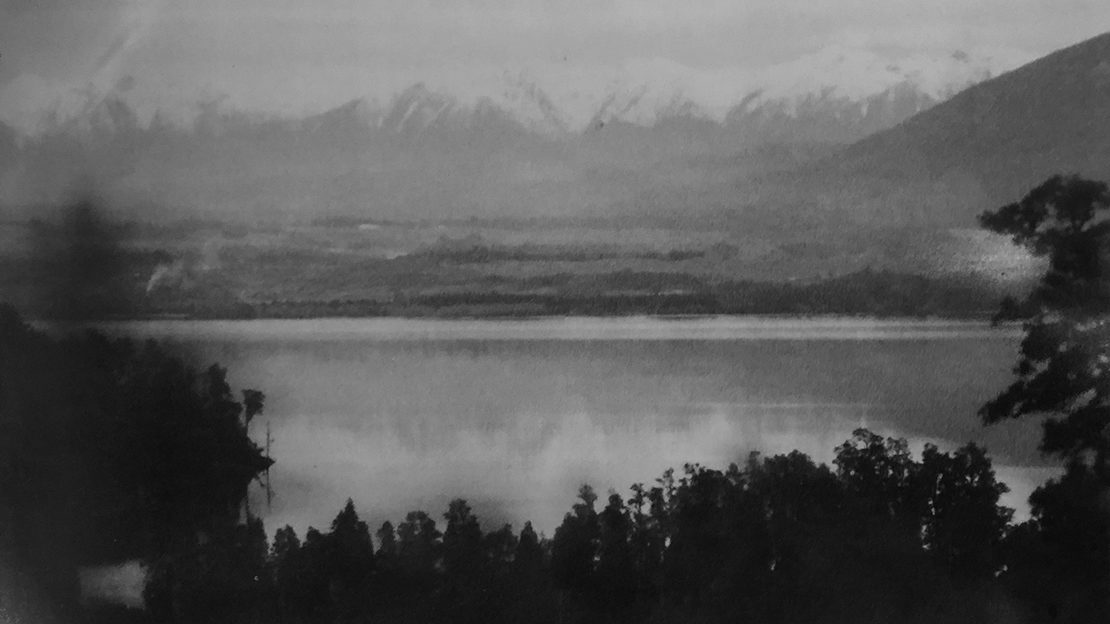
Then it happened, a glance down at the terrain to come revealed a dark form some 100 metres directly below me. I concentrated my gaze on the animal standing on the edge of the bush. Its two front feet on a rock, stock still, gazing up towards me – a chamois. The first I had ever seen in the wild, with its dark winter coat making an impressive outline against the pale rocks and bush. A fraction of a second saw a round slammed into the breech of my, as yet, untested .243. Crosshairs coming to rest on the chest cavity, the 85 grain hollowpoint Sierra found its mark, moving the chamois over backwards on its feet. I quickly reloaded and searched the rocks for movement – nothing. Noting the position where the chamois had fallen I cautiously climbed down to where I thought the animal had stood, still having to meticulously place each foot. I was not to be disappointed, my eye caught sight of the dark coat of the buck chamois lying stone dead in some grass between two rocks. The superb accuracy of the .243 had proved to be devastating at this range, the single lung shot completing the task of securing my first game with rifle.
I quickly snapped some shots with the camera. Not a trophy I thought as I took a closer look at the horns which later measured out at 20cm. After skinning out, and by now feeling a lot happier with my efforts I continued the downward climb. But unbeknown to me, my day wasn’t finished there. The events of the preceding 30 minutes had distracted my to the extent that now, without warning, a hail storm was sending a torrent of ice pellets raining down all around. The climb down would now become even more hazardous.

I found myself scanning a rock face for a visible sequence of footholds. A closer scrutiny revealed what were to be the markings of a means of ascent. Two nicks in the rock a few centimetres wide provided a hold for both boots. The rifle had to be placed on a ledge along from and above me. My horizontal manoeuvring would bring me out onto the top of the steep bush-clad sloping ridge which I should have taken earlier. The hail had filled all the crevices in the rock, making any grip or foot hold treacherous. Half way along new holds suddenly seemed to cease. I looked above me to confirm the hopelessness of that means of exit. Glancing down, the drop to the boulders below had increased to around ten metres. It seemed as though I was in a stalemate – back-tracking was impossible. Beads of sweat began to form on my forehead as the strength in my arms was sapped in trying to keep the weight off my feet and the pathetic trip the held seemed to be lessening.
Again, without warning, the unexpected happened. A movement and slight rustling in the fern above me momentarily distracted my attention away from my immediate dilemma. Not more than a metre or two above me, barely out of reach, emerging through the fern stood a young chamois staring down at me. No more than a young kid but with a perfectly formed set of hooked horns. Beside it and slightly further back stood another, larger animal. My amazement was only equalled by the inquisitiveness of these curious animals, displaying the same trait that had betrayed my earlier quarry. If only I could take out my camera now, I thought, but my circumstances demanded different action. A thought in the back of my mind of what a dislodged rock above me could result in saw my attention revert to the problem of traversing the last few metres of rock face. A new foothold was found and I was able to place the rifle up and over the top of the last piece of rock, grasp the steep bushy ridge. A sigh of relief accompanied a glance behind to farewell my friendly spectators, but they too must have felt that it was time they were elsewhere.
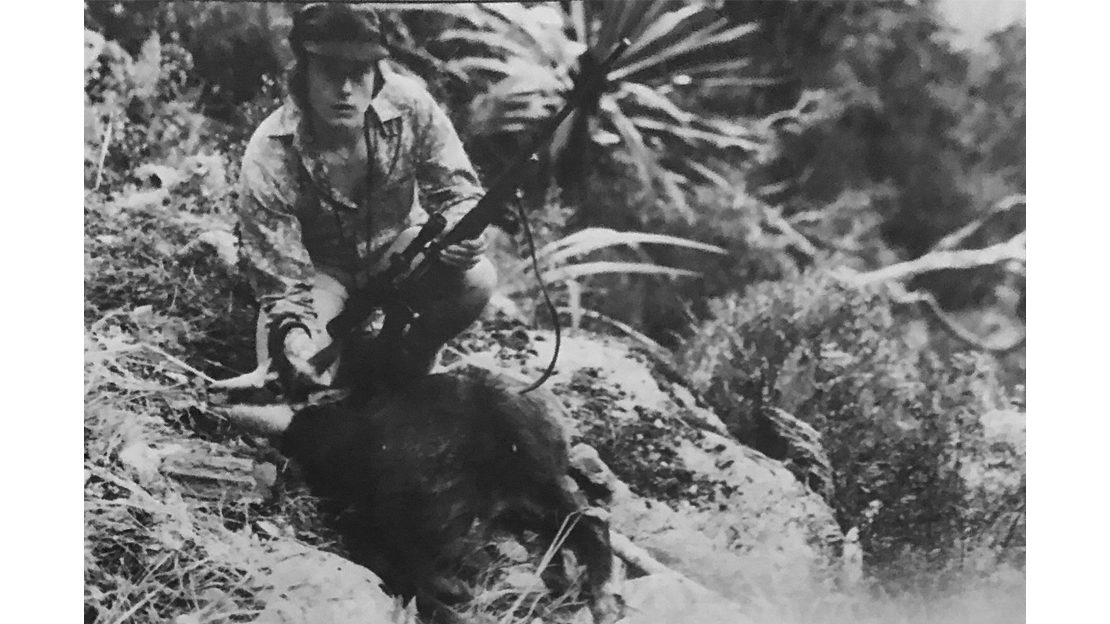
Time seemed to be on my side now as I was covering easier ground. I had stumbled upon an old opossum hunters’ track and the going was much more enjoyable. The climb down had taken just over two hours and I reached the car with time to spare. A better knowledge of the terrain and better weather conditions could have given me an extra two hours to search the tops. Luck, I felt had been with me. But, I would return, hopefully with time on my side and again the possibility of a deer and another encounter with those beautiful but unexpected chamois.

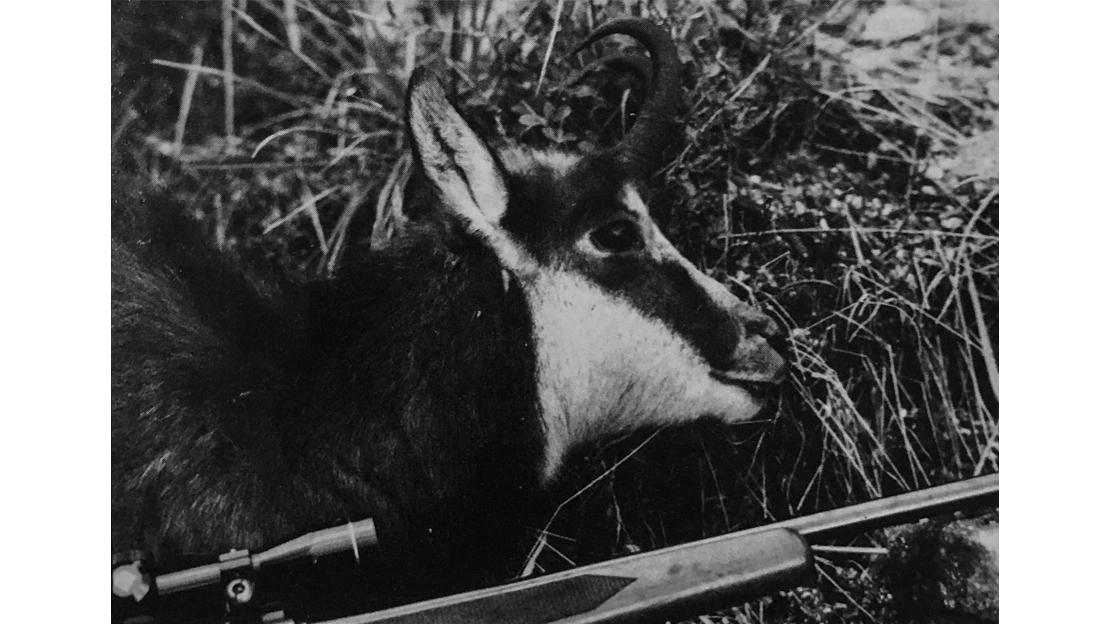
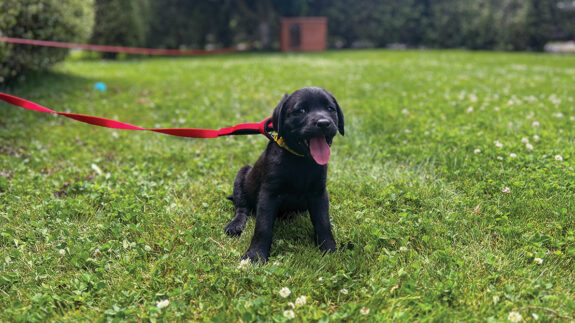
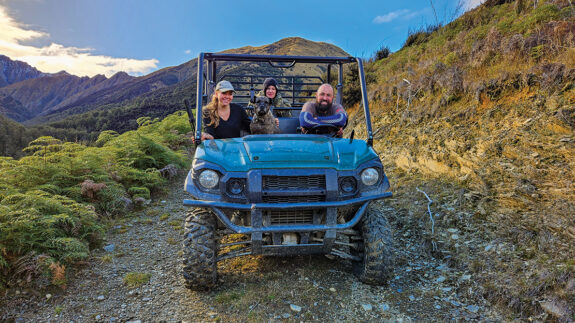

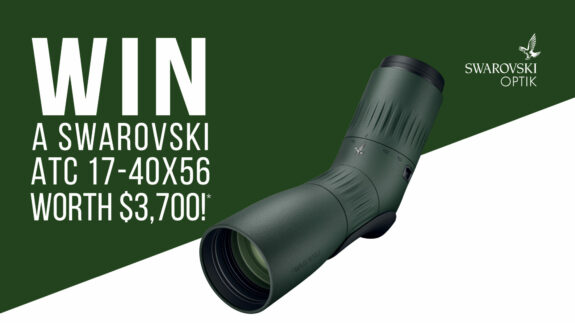
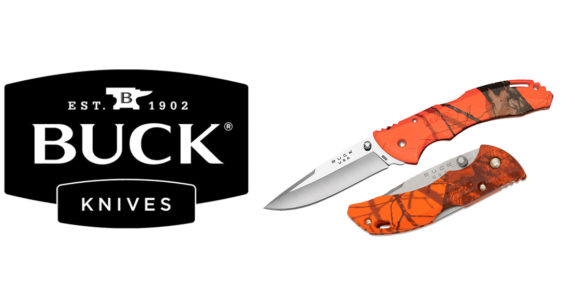
SHARE YOUR BEST PICS #NZRODANDRIFLE